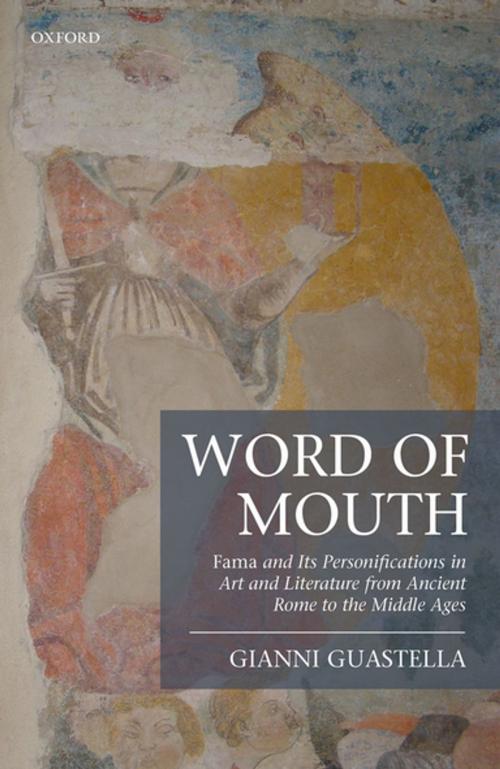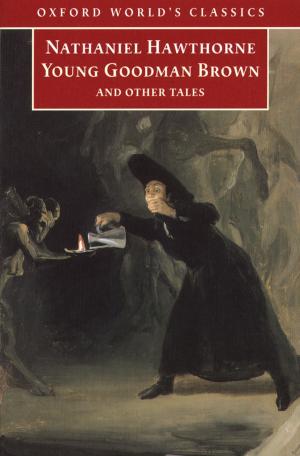Word of Mouth
Fama and Its Personifications in Art and Literature from Ancient Rome to the Middle Ages
Fiction & Literature, Literary Theory & Criticism, Medieval, Nonfiction, Art & Architecture, General Art| Author: | Gianni Guastella | ISBN: | 9780191090325 |
| Publisher: | OUP Oxford | Publication: | February 10, 2017 |
| Imprint: | OUP Oxford | Language: | English |
| Author: | Gianni Guastella |
| ISBN: | 9780191090325 |
| Publisher: | OUP Oxford |
| Publication: | February 10, 2017 |
| Imprint: | OUP Oxford |
| Language: | English |
The concept expressed by the Roman term fama, although strictly linked to the activity of speaking, recalls a more complex form of collective communication that puts diverse information and opinions into circulation by 'word of mouth', covering the spreading of rumours, expression of common anxieties, and sharing of opinions about peers, contemporaries, or long-dead personages within both small and large communities of people. This 'hearsay' method of information propagation, of chain-like transmission across a complex network of transfers of uncertain order and origin, often rapid and elusive, has been described by some ancient writers as like the flight of a winged word, provoking interesting contrasts with more recent theories that anthropologists and sociologists have produced about the same phenomenon. This volume proceeds from a brief discussion of the ancient concept to a detailed examination of the way in which fama has been personified in ancient and medieval literature and in European figurative art between the end of the fourteenth and the beginning of the sixteenth centuries. Commenting on examples ranging from Virgil's Fama in Book 4 of the Aeneid to Chaucer's House of Fame, it addresses areas of anthropological, sociological, literary, and historical-artistic interest, charting the evolving depiction of fama from a truly interdisciplinary perspective. Following this theme, it is revealed that although the most important personifications were originally created to represent the invisible but pervasive diffusion of talk which circulates information about others, these then began to give way to embodiments of the abstract idea of the glory of illustrious men. By the end of the medieval period, these two different representations, of rumour and glory, were variously combined to create the modern icon of Fame with which we are more familiar today.
The concept expressed by the Roman term fama, although strictly linked to the activity of speaking, recalls a more complex form of collective communication that puts diverse information and opinions into circulation by 'word of mouth', covering the spreading of rumours, expression of common anxieties, and sharing of opinions about peers, contemporaries, or long-dead personages within both small and large communities of people. This 'hearsay' method of information propagation, of chain-like transmission across a complex network of transfers of uncertain order and origin, often rapid and elusive, has been described by some ancient writers as like the flight of a winged word, provoking interesting contrasts with more recent theories that anthropologists and sociologists have produced about the same phenomenon. This volume proceeds from a brief discussion of the ancient concept to a detailed examination of the way in which fama has been personified in ancient and medieval literature and in European figurative art between the end of the fourteenth and the beginning of the sixteenth centuries. Commenting on examples ranging from Virgil's Fama in Book 4 of the Aeneid to Chaucer's House of Fame, it addresses areas of anthropological, sociological, literary, and historical-artistic interest, charting the evolving depiction of fama from a truly interdisciplinary perspective. Following this theme, it is revealed that although the most important personifications were originally created to represent the invisible but pervasive diffusion of talk which circulates information about others, these then began to give way to embodiments of the abstract idea of the glory of illustrious men. By the end of the medieval period, these two different representations, of rumour and glory, were variously combined to create the modern icon of Fame with which we are more familiar today.















